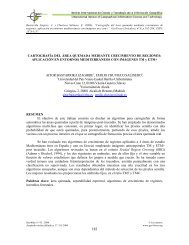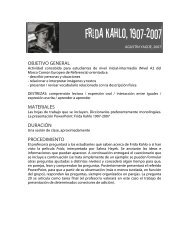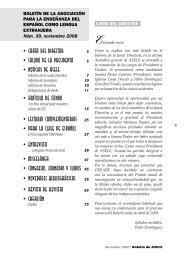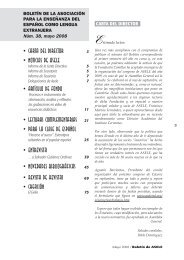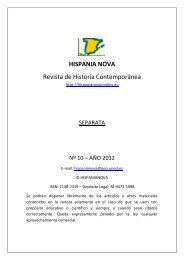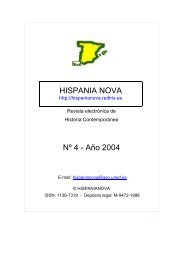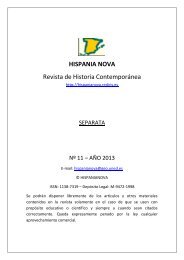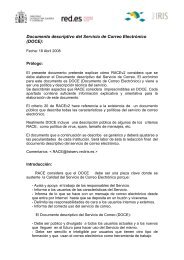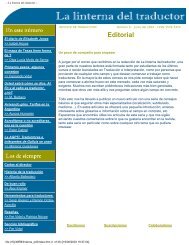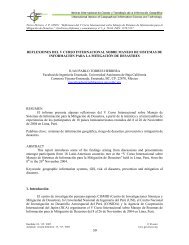Preparing an IPv6 Addressing Plan Manual - RedIRIS
Preparing an IPv6 Addressing Plan Manual - RedIRIS
Preparing an IPv6 Addressing Plan Manual - RedIRIS
- No tags were found...
You also want an ePaper? Increase the reach of your titles
YUMPU automatically turns print PDFs into web optimized ePapers that Google loves.
55.1DETAILED EXAMPLESAssigning by Use Type OnlyA use type-based subnet has been adopted in which the following groups aredistinguished:Number of use types (students,staff, guests, servers):Backbone <strong>an</strong>d other infrastructure:Total:Four groupsOne groupFive groupsIf we round this up to the first power of 2, this results in eight primary subnets.Incorporating these groups into the <strong>IPv6</strong> address requires 3 bits (2 3 = 8). With threeunused groups, there is enough space for future exp<strong>an</strong>sion.We have used 3 of the available 16 bits; as a result, 13 still remain. We decide notto divide these into secondary subnets. To increase legibility, we use 4 bits peruse type so that 12 bits remain. This leaves address space for 4,096 (2 12 ) possiblenetworks per use type. Now there are 12 bits still available:2001:db8:1234: G G G G B B B B B B B B B B B B ::/64This results in the following address structure:2001:db8:1234:GBBB::/64The table below illustrates this:Use type (G) Assignable (B) NetworkInfrastructure (0) 0 2001:db8:1234:0000::/64Infrastructure (0) 1 2001:db8:1234:0001::/64Infrastructure (0) 12 2001:db8:1234:000c::/64Infrastructure (0) 100 2001:db8:1234:0064::/64Students (1) 0 2001:db8:1234:1000::/64Students (1) 12 2001:db8:1234:100c::/64Students (1) 321 2001:db8:1234:1141::/64Etc.18<strong>Preparing</strong> <strong>an</strong> <strong>IPv6</strong> <strong>Addressing</strong> Pl<strong>an</strong>




